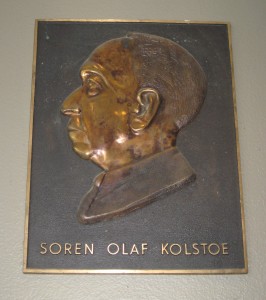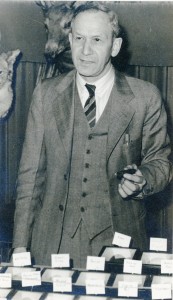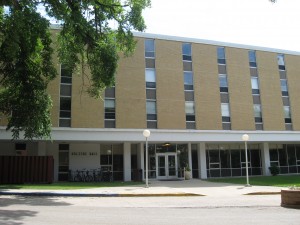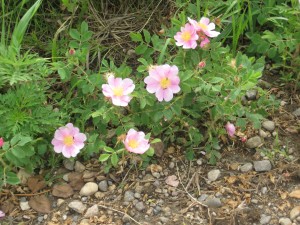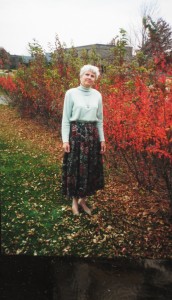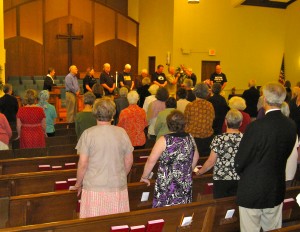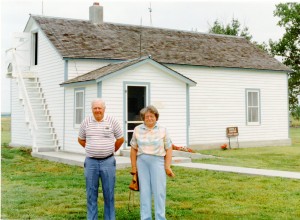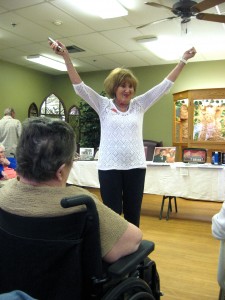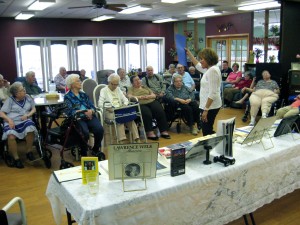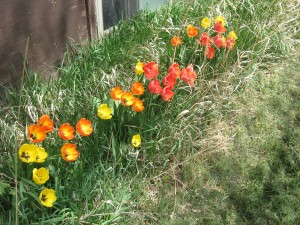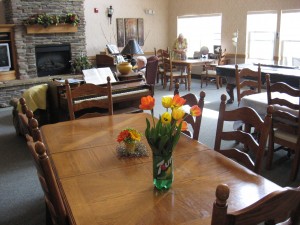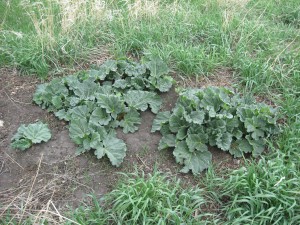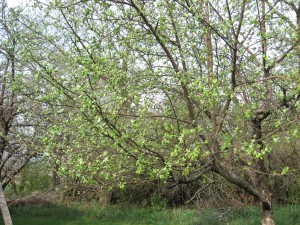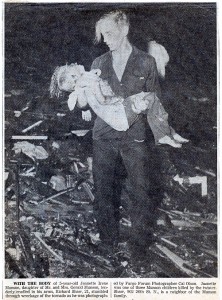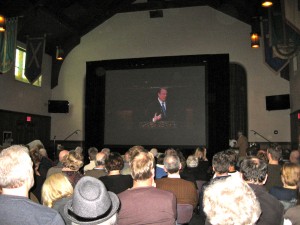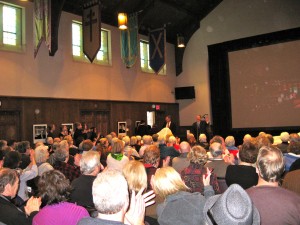#749 – Dick Bernard: Dr. Soren Kolstoe, naturalist, outdoorsman, poet.
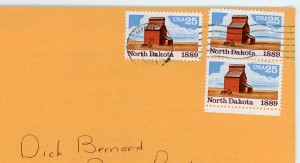
A while ago I was researching answers to a 1957 North Dakota test for high school Juniors and Seniors about North Dakota History, Geography and Government.
Reviewing a 1963 Geography text by Bernt L. Wills I found a number of poems about North Dakota outdoors written by Soren Kolstoe, a name familiar to me from my days at Valley City State Teachers College. Dr. Wills was clearly taken with Dr. Kolstoe’s sensitivity to the land and fauna of North Dakota and wanted to include some of his work in his book.
The poems intrigued me and I set out to try to find out more about Dr. Kolstoe and his work. Thanks to Shirley Lindsay, daughter of “Koley’s” (Dr. Kolstoe’s) close friend, hunting buddy, and legendary Dean of Men Lou Bruhn, I made contact with a couple of Dr. Kolstoe’s children, one of whom sent me a signed book of poetry, Lyrics of the Prairie, written by Dr. Kolstoe years ago (access to all poems below the photos).
Dr. Kolstoe was also legendary at STC. He joined the faculty in 1924,and retired in 1958. (Turns out he was 70 when he retired, and I’m 73 now, which gives one pause.) A few weeks after his retirement I began my college career there, so I didn’t know him personally, though he was still an advisor to the Fraternity I joined in 1960. But he was larger than life, even as a retiree.
[UPDATE July 27, 2013, the Kolstoe family shared with me a 2003 memo written by a staff person at Concordia College, Moorhead, about Dr. Kolstoe’s bio: Kolstoe,Soren-History]
A residence building at present day VCSU is named after him.
Here is an undated photo of Dr. Kolstoe; a second of him ca 1959 in the college yearbook; and of the hall named for him, and following the photos are Dr. Kolstoe’s poems and some comments of Carolyn Kolstoe, wife of Dr. Kolstoe’s son, Ralph, himself one of two Kolstoe sons who achieved, like their Dad, PhDs in Psychology.
(click on photos to enlarge them)
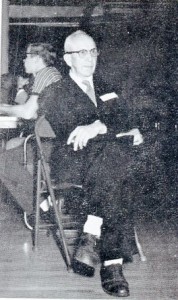
“Dr. S. O. Kolstoe enjoys EBC informal initiation” EBC section of 1960 Viking Annual, Valley City State Teachers College
The family has given permission to share Dr. Kolstoe’s poems about North Dakota wildlife and environment, and because of their number – over 60 poems – they are presented here in three sections. (The first three pages in each are identical). It is believed these may have been published ca 1965, but that is uncertain.
Part 1: Lyrics of Prairie #1001
Part 2: Lyrics of Prairie #2002
Part 3: Lyrics of Prairie #3003
Here’s Carolyn Kolstoe, June 19, 2013 (shared with her permission): “I am delighted to know that you have enjoyed my father-in-laws’ poetry. He published this booklet of his love of North Dakota and the pleasures that he found there. [He sold the book] while he was displaying his bird egg and stuffed animals collection at state fairs. [Dr. Kolstoe] received his BA at St. Olaf, Northfield, MN, and his PhD at University of North Dakota. He taught at VCSTC for many years, then in retirement, was hired by the North Dakota Wildlife Federation to visit any school in the state to show slides and read poetry of animals of the state. We were living in Grand Forks when he came to visit the schools there.
He was born in Haugesund, Norway, January 4 1888, and died in Grand Forks ND February 12, 1978. [Sons] Oliver is living in CA, John is in Montana, and Ralph [Carolyn’s husband lives, depending on season, near Bemidji MN, Marco Island FL or Grand Forks ND]. Ralph retired from the UND Psychology Dept after having taught there for 35 years.
Soren’s egg collection was donated to the state of ND and while it was owned by Soren, it was one of the largest collections in the United States. He had the eggs boxed by the number in a usual nest, bedded in cotton with a glass cover. Many were displayed in the museum near the State Capitol in Bismarck. I am not sure where they are presently.”
Dr. Kolstoe had a special permit to do the egg collecting.
Anyone wishing to get a message to Dr. Kolstoe’s family can simply write dick_bernardATmsnDOTcom, with Kolstoe in subject line.

